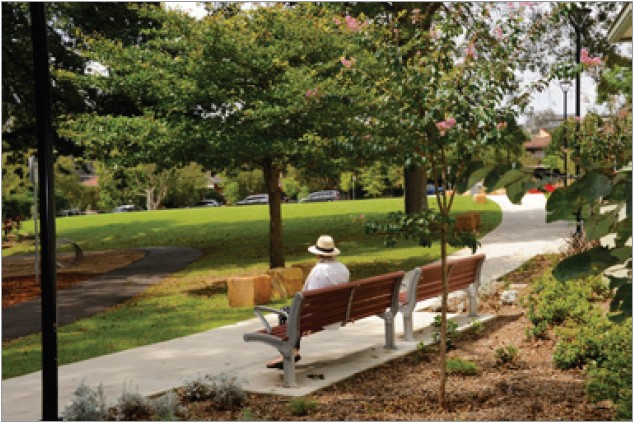NSW Planning is going forward with plans for high rise and high density in Sydney when all the facts suggest that the Covid-19 epidemic has changed the way people will live and work in Sydney.
Will this be our last pandemic? Most likely not. This one may take years to get fully under some sort of control or it may rear its ugly head again and again. With increasing globalisation and increasing global populations, more pandemics are a probability, not a possibility. There have been warnings ‘spanning multiple decades’ of such an event. (ABC Science, The next pandemic is coming – and sooner than we think 7/6/2020)
The facts of this pandemic highlight the importance of social distancing and self-isolation in reducing its severity and reducing the death toll. Essential to this is avoiding congested areas, whether in residences or employment locations, such as elevators, communal areas, and enclosed spaces such as public transport. Also essential is the need for fresh air, filtration from trees and separation.
High density buildings have characteristics that make social distancing virtually impossible. For example, New York has experienced a disproportionately higher infection rate due to its very high density residential and employment situation.
If NSW planning continues to pursue a high rise and high density strategy, it is abrogating its duty of care in building a healthy city for its citizens. One of the reasons that Australia has been able to manage the pandemic so well so far, is that our housing is still dominated by detached or low rise dwellings, and low-mid rise apartment buildings.
We have experienced a move to a more mobile workforce in just 3 months than we could have thought possible. The remote working model was anticipated to take many years to be embraced by businesses and employees alike. However this has now been tested and proven successful across a range of knowledge based industries. Employees determining that it is workable, and companies seeing the benefits of lower ongoing occupancy costs in the city.
Added to this is the report published in June on ‘Population Mobility in Australia from 2011 to 2016’ by the Regional Australian Institute, which shows that for Sydney nearly 65,000 more people moved to the regions than came to Sydney. And significantly, more millennials, 20 to 35 year olds, are leaving Sydney for the regions than the other way around. One can only expect that this trend will strengthen with remote working opportunities increasingly more commonplace across NSW.
It is becoming clear that the Covid-19 impact will last for more than 2 years, with consequent high unemployment and minimal immigration. The current models based on earlier assumptions of high population growth over the next 5 years are no longer valid. There would be few businesses that would apply a pre-Covid business strategy as the basis of their future plans. Neither should NSW Planning!
What should NSW Planning do to develop a healthy environment for its citizens?
- Truly embrace decentralisation with more schools, high-quality health facilities and water security in the regions
- Build schools and infrastructure to support the current population in outer Sydney.
- Immediately put a moratorium on high rise developments and assess the redeployment of released corporate space.
- Ensure the proposed green open space corridor guidelines are mandatory and not optional

